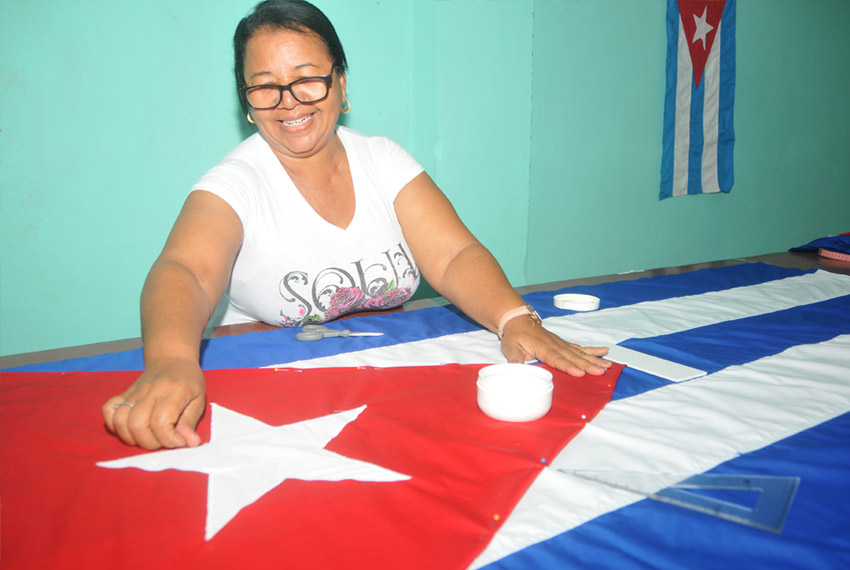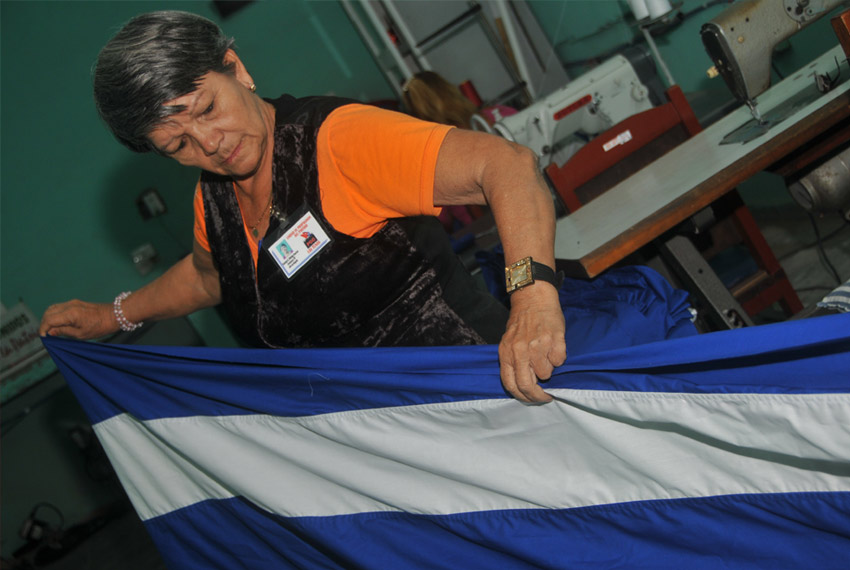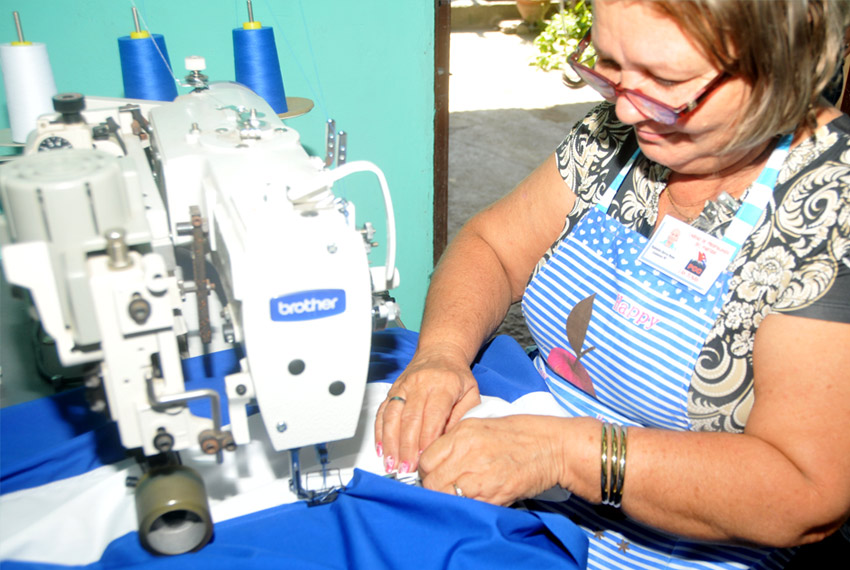
When can we Cubans carry the Cuban Flag with pride, if Canadians, Americans or Spaniards are already on our streets? That is a question that many people asked themselves and that had a positive response last year, with the approval of Law No. 128 of the National Symbols of the Republic of Cuba, during the third regular session of the National Assembly of the People’s Power.
Las Tunas, Cuba.- A different look at National Symbols, which are not untouchable and alien to our reality; as well as being able to proudly show the national colors and identify with that perfect combination of red, blue and white, always mediating the honor it deserves, is one of the purposes of the new legislation. From its content, it resolves the contradiction between what the previous one stipulated and the management that citizenship really does; it is about making its uses more flexible but in an environment of order and respect.
However, a decree is not enough to bring it closer to our daily lives. Other efforts are required for the sake of easy acquisition by individuals and institutions and also for them to wave in more public or private spaces, in the work clothes of a worker or on the wall of a home; always with decency, with dignity.
In Las Tunas, an important step has been taken in this regard. A flag-making workshop is born these days to the Propaganda Unit of the Communist Party of Cuba (PCC), in the capital city. The purpose of the small industry, the only one of its kind in the eastern region of the country, is the making of flags in pursuit of the endurance of national education.

Carlos Rafael Infante Casanova, deputy director of Production and Political Activities of the entity, told 26Digital that the idea responds to the growing demand of the symbol by organizations such as Education, the need to multiply its presence in various areas and to replace those deteriorated. "The country's management decided to open the establishment in the eastern region because these provinces depend so far on the allocation that comes from the capital, which is insufficient, and we had the initiative to do so here."
The assembly has become complex before an experience that is novel for the group, but they already have the premises and most of the equipment. In addition, four of the seven seamstresses who must carry out the important work are hired, two of whom received training in Havana and transmit it to their companions while making the first flags.
“The preparation is complex and extreme concentration is needed in all phases, says Infante Casanova, because it requires a specific procedure, measurements, fabrics and stitches. Within a month we must formally begin the work by having the raw material of the first four-month period, which is provided by the National Propaganda Unit. However, we still lack some equipment that is essential in the completion of the pieces.

“When the workshop is in full capacity, it is estimated to produce 21 banners daily, 400 monthly and about five thousand per year. The fundamental destiny of its products will be its commercialization to organisms and political activities. In the near future it is also planned to open a local point of sale that can be accessed by natural persons, in which will also be sold pullovers, caps and other souvenirs that contain the symbol, providing the possibility of a closer approach and opening another source of income for the territory,” he concluded.
Created by the poet Miguel Teurbe Tolón, the Cuban flag was flown for the first time on May 19, 1850, in the city of Cárdenas, by the hand of General Narciso López. Since then, it constitutes an example, culture and identity of a people who worship it; now, in various ways.





